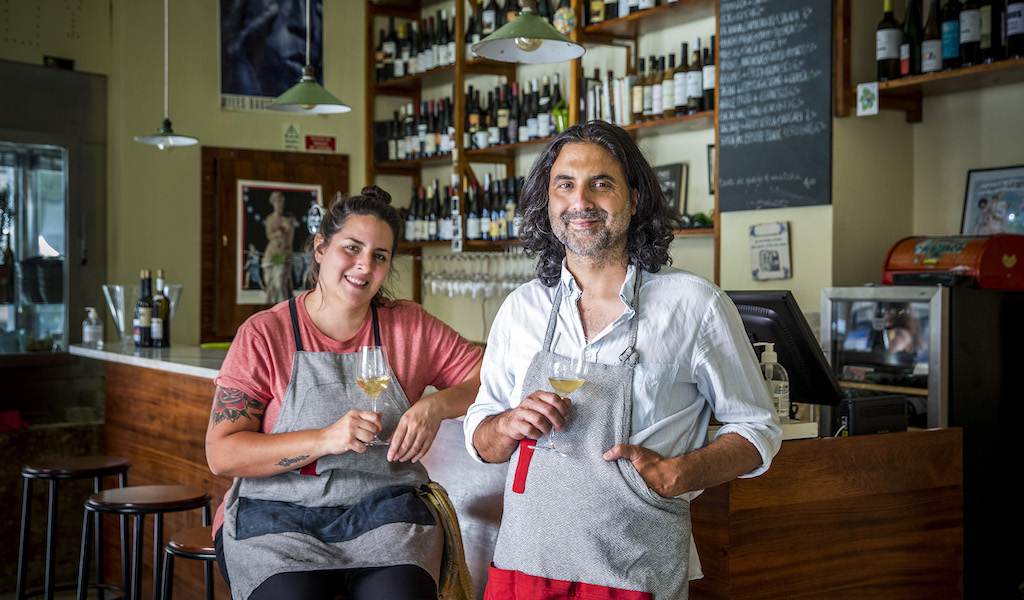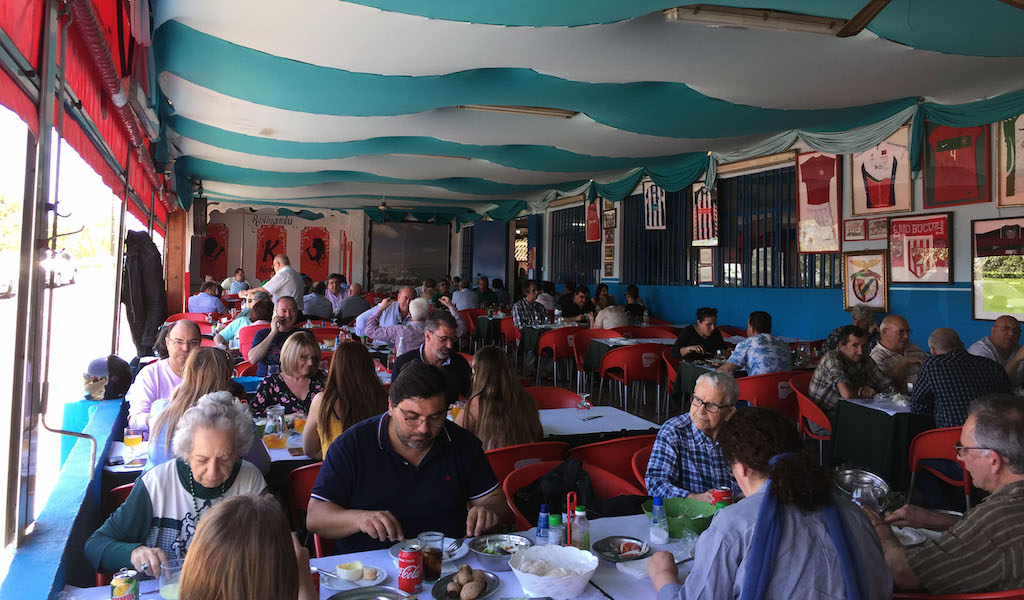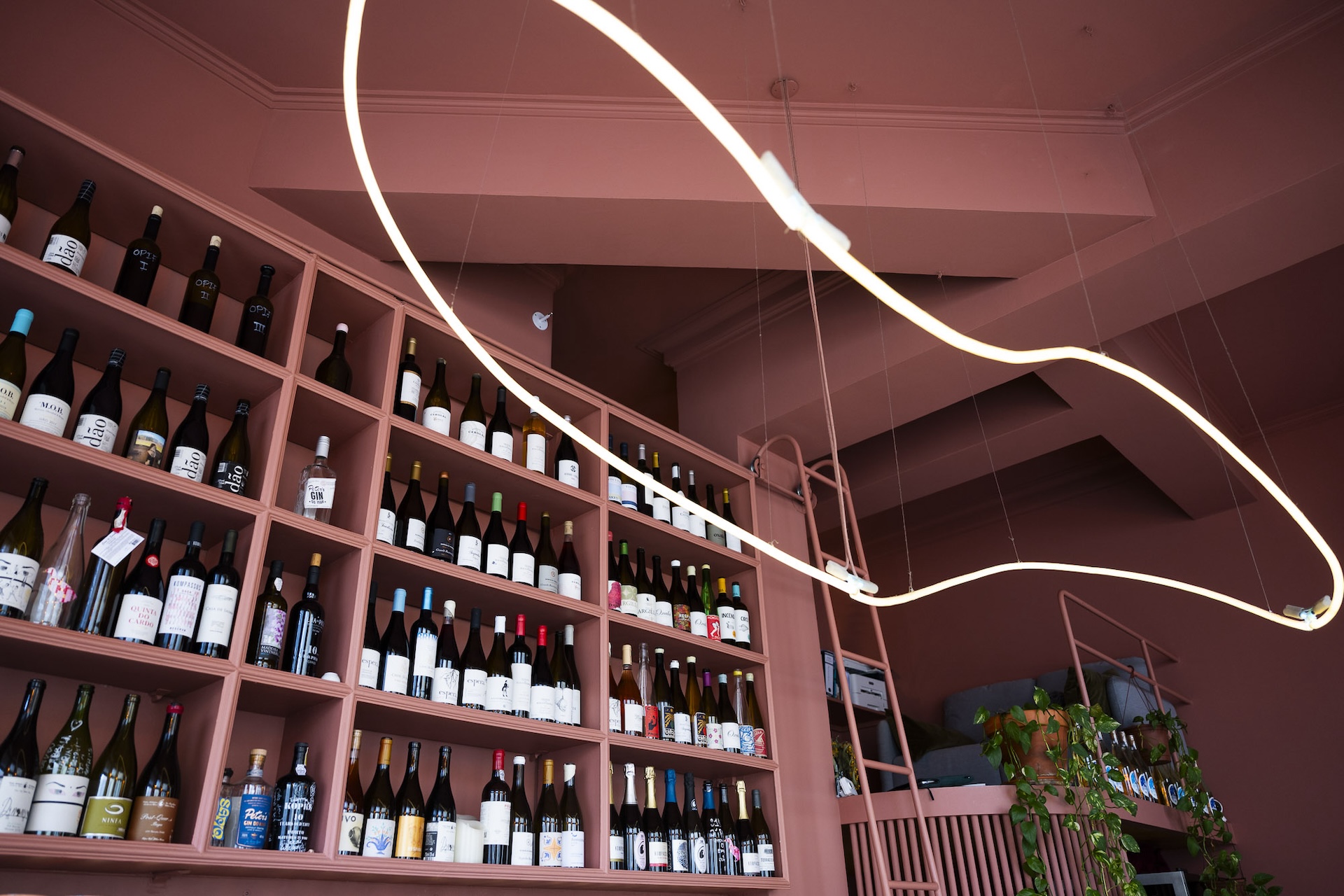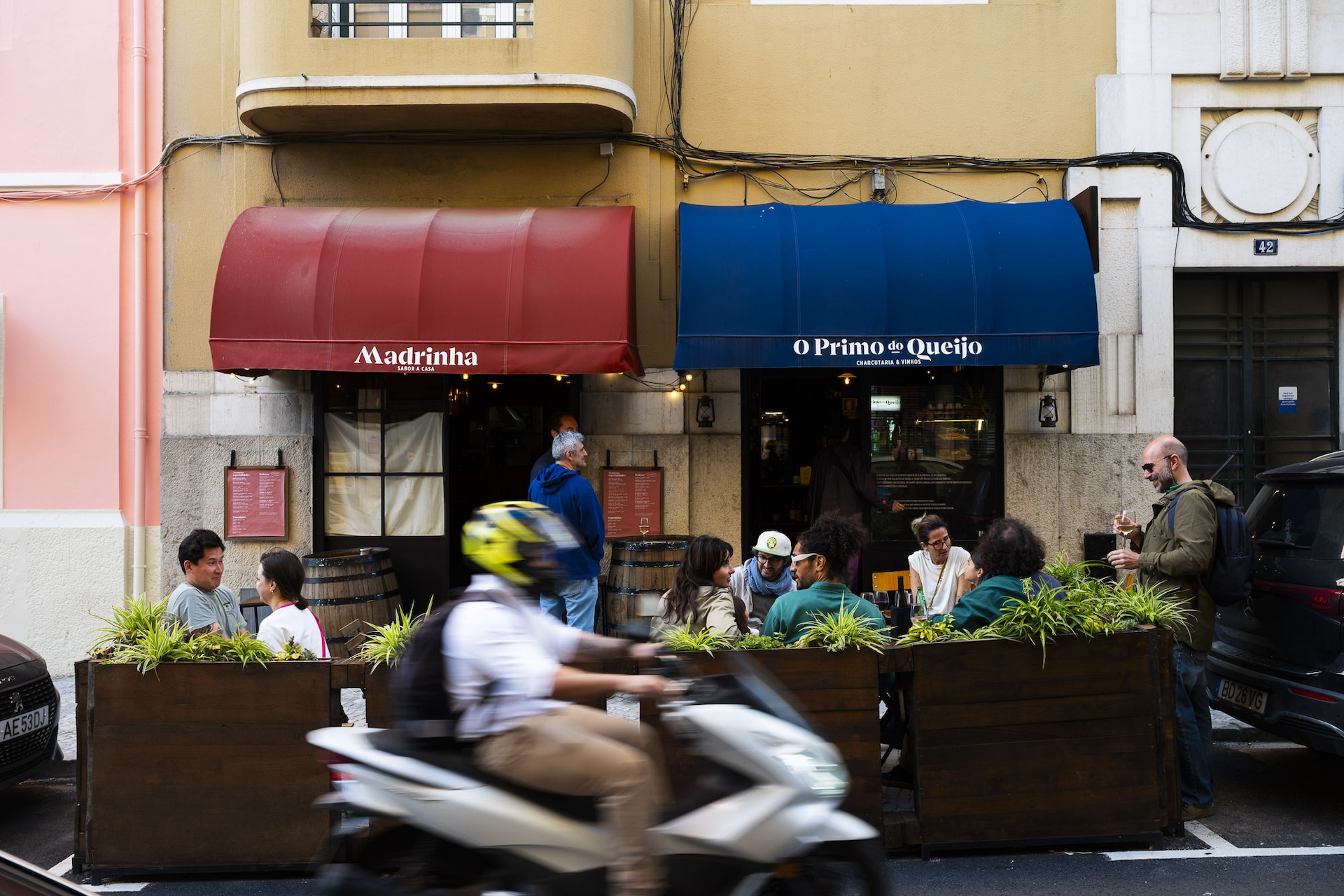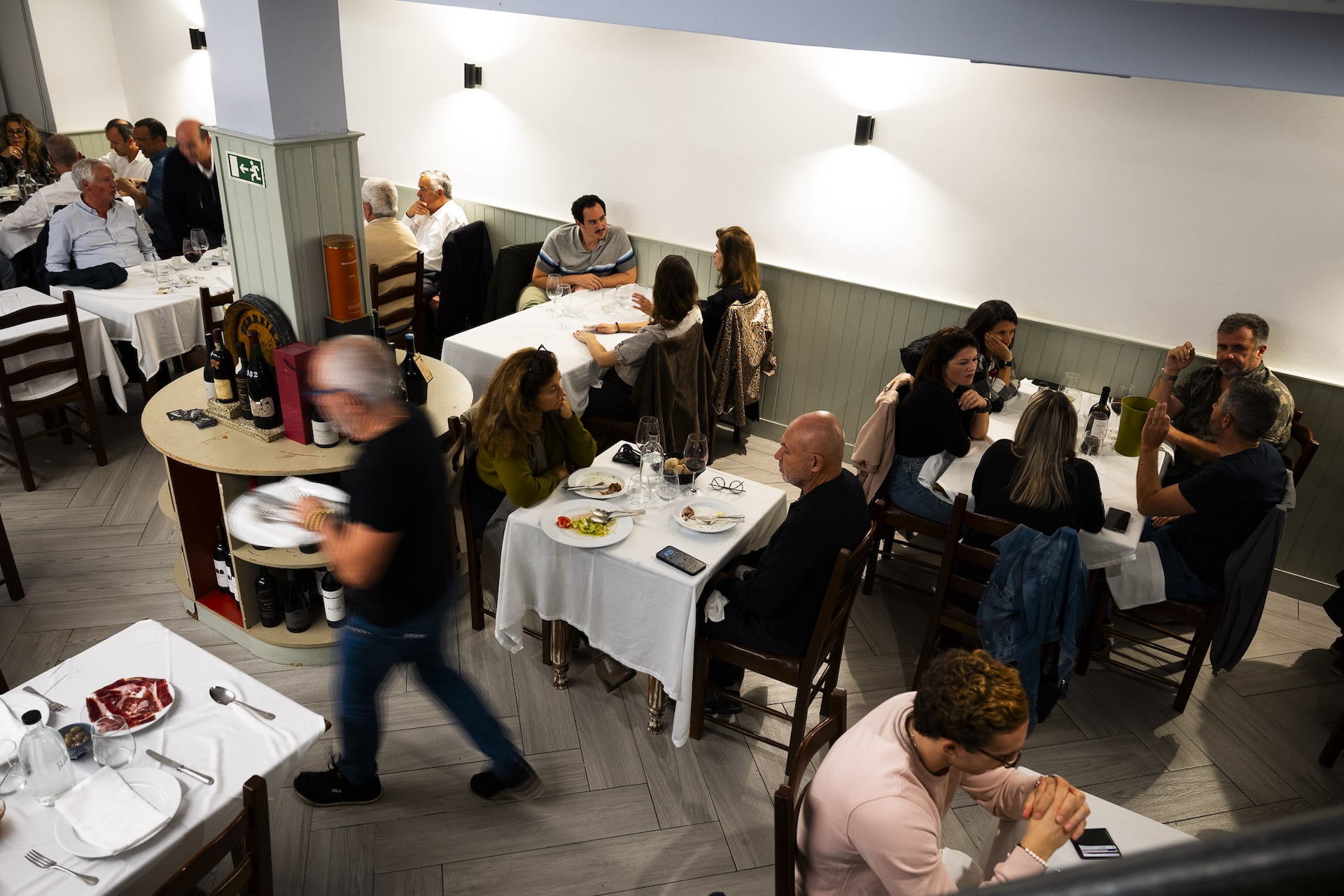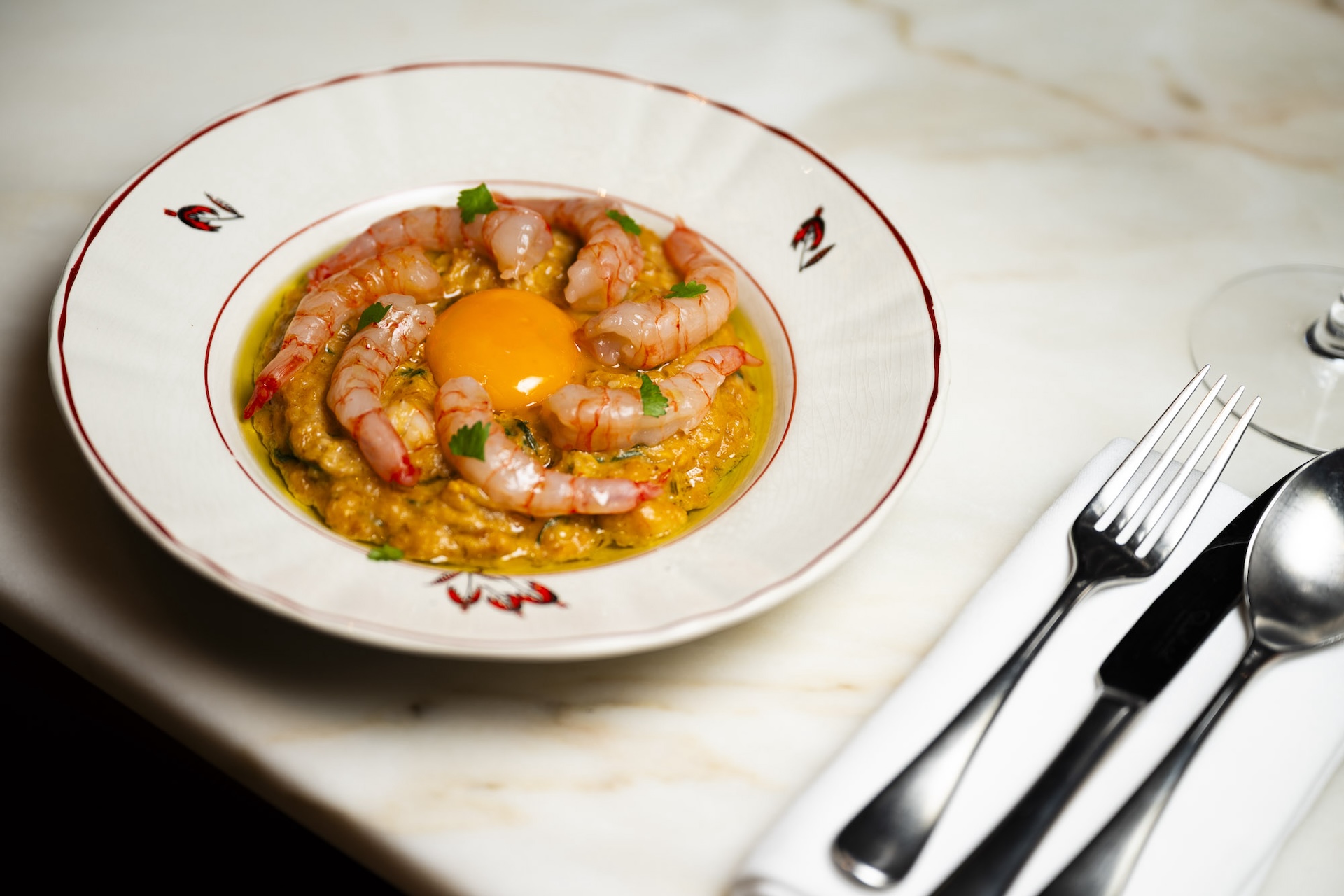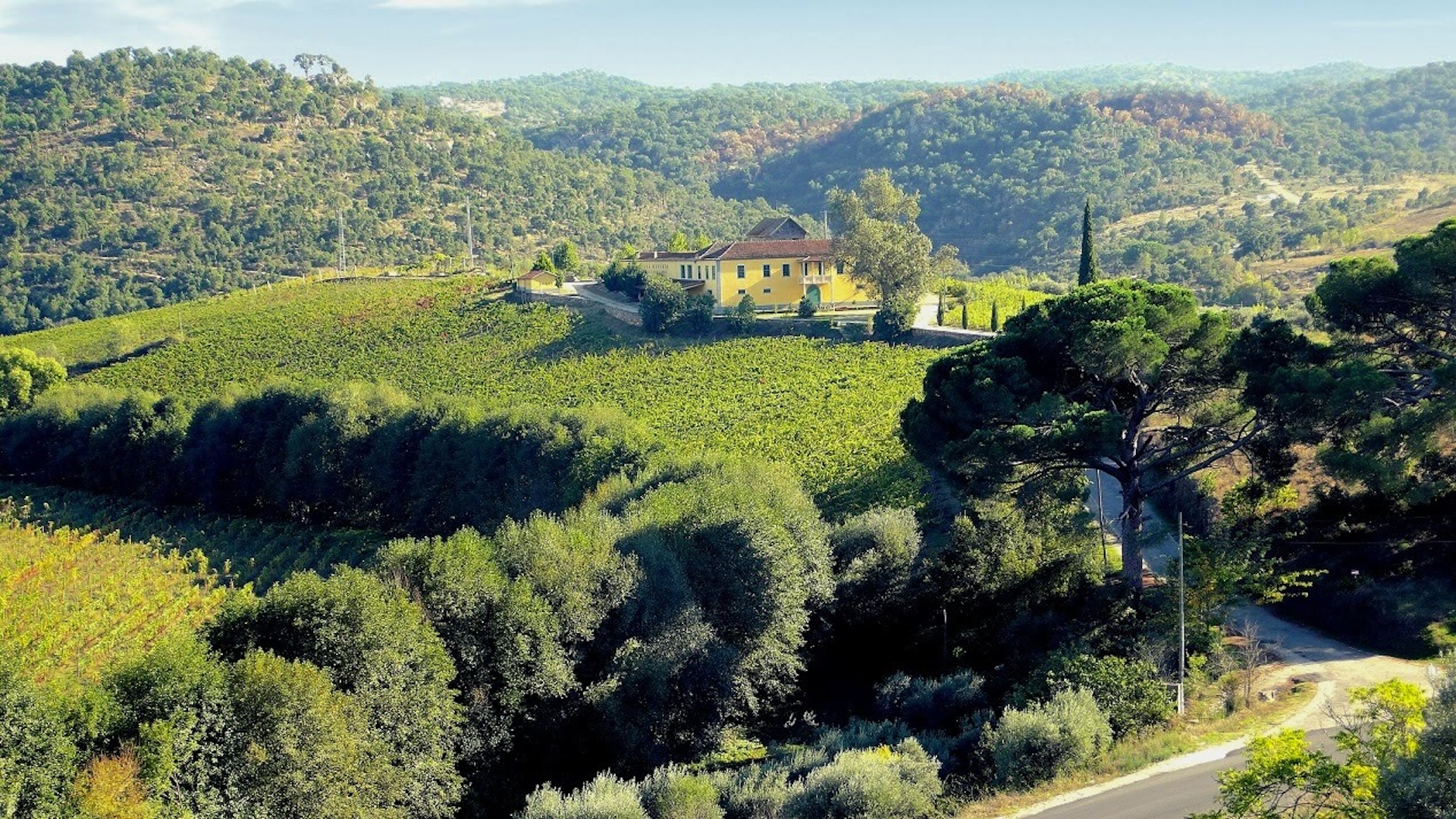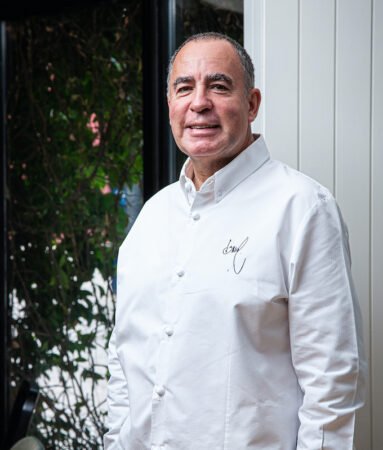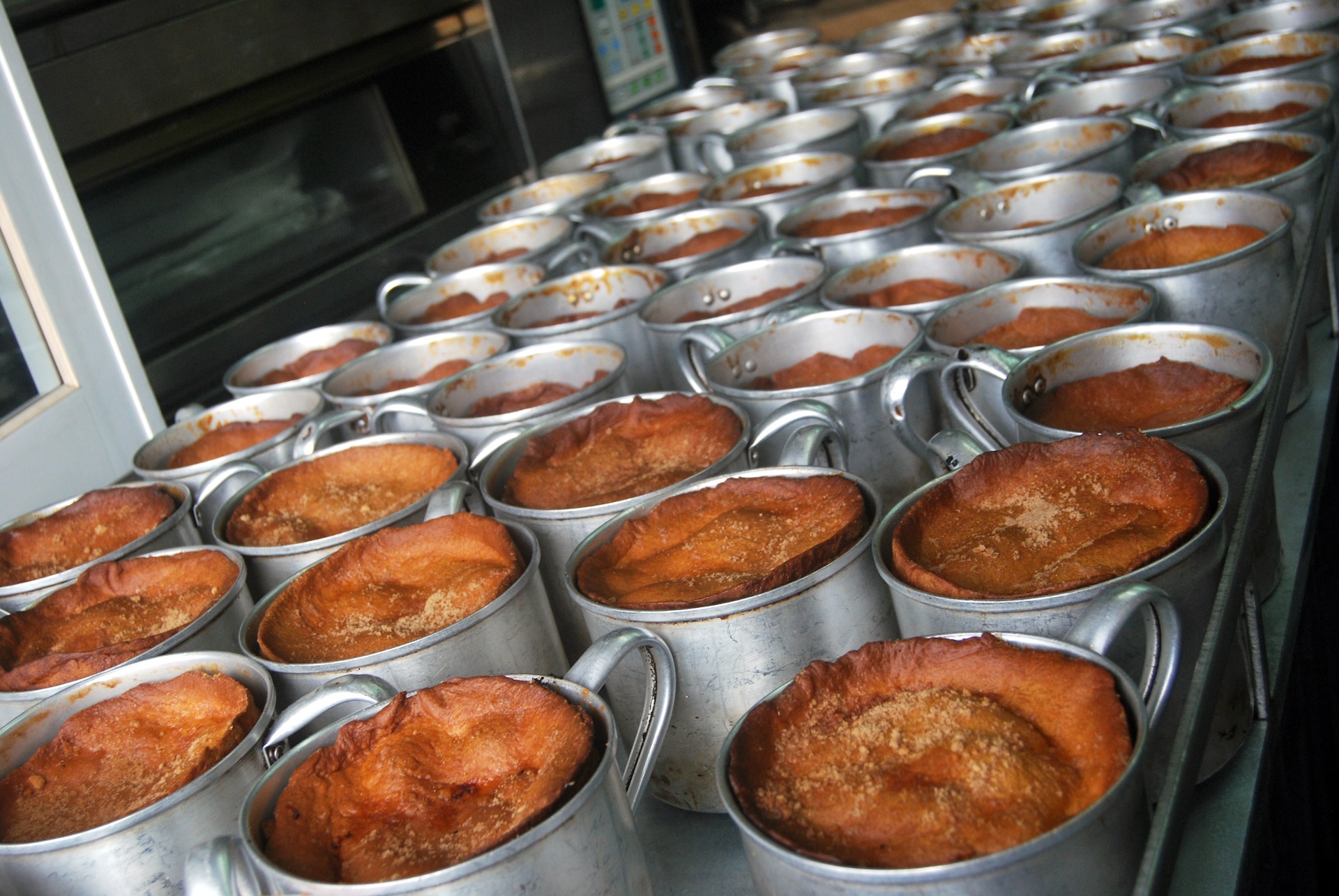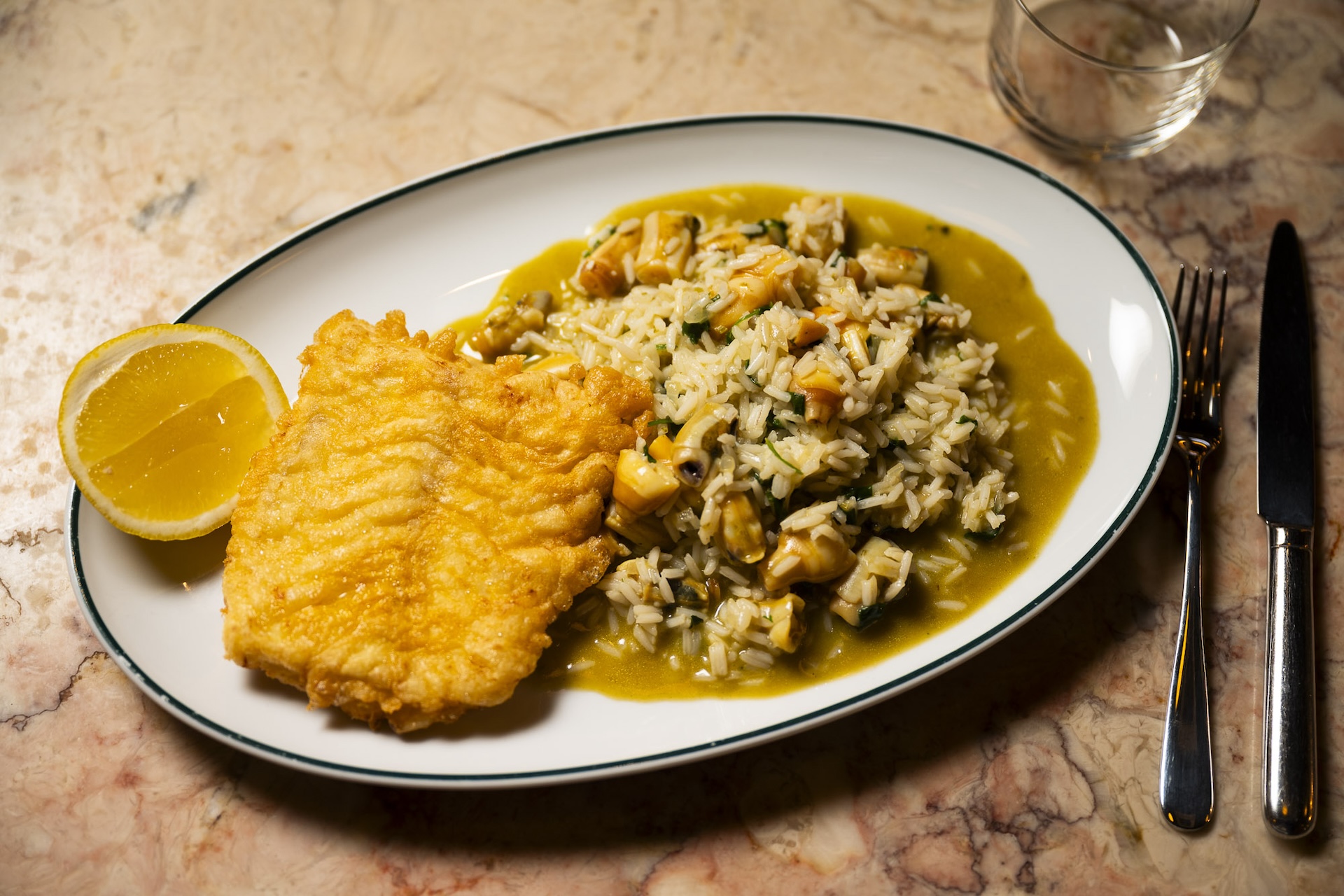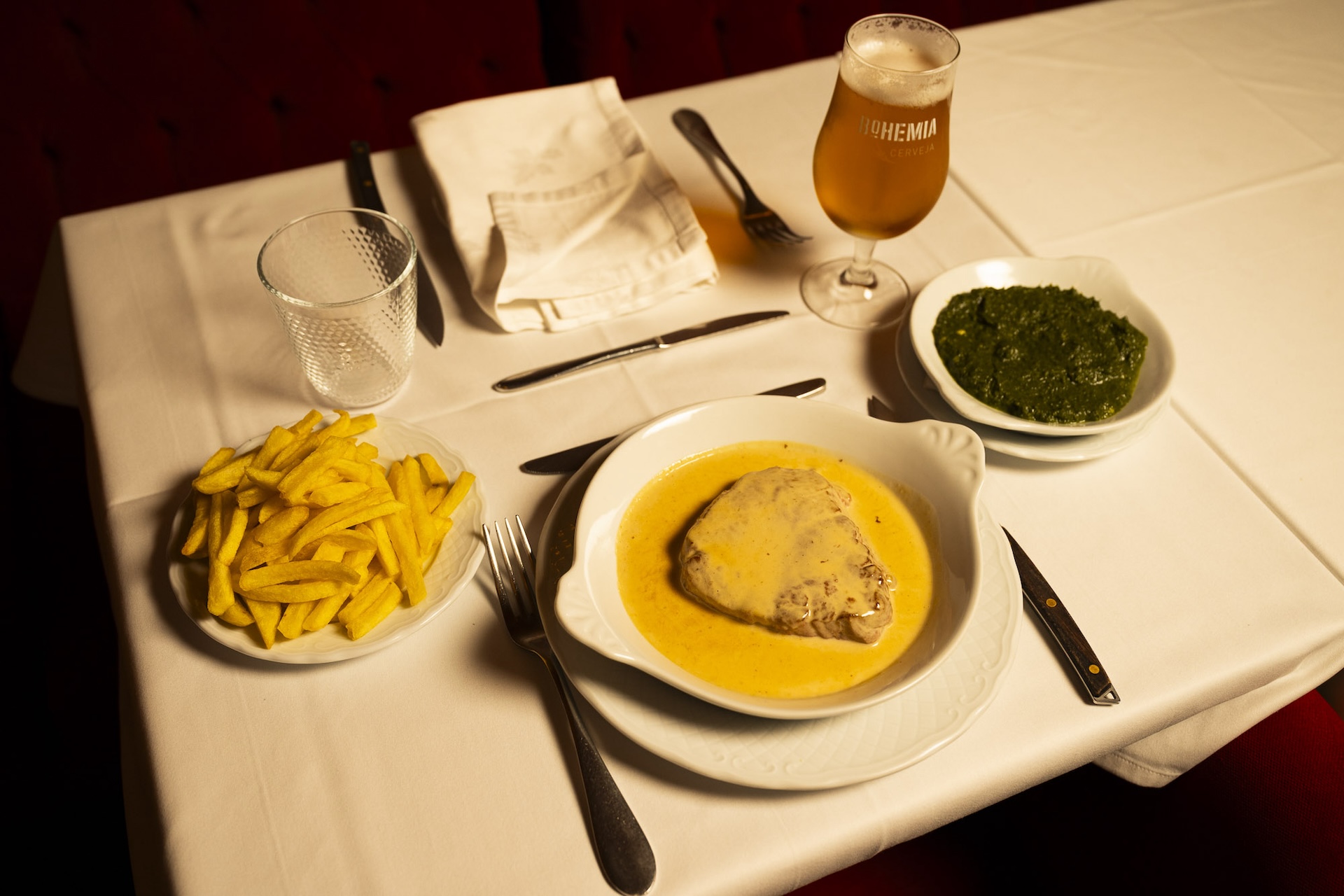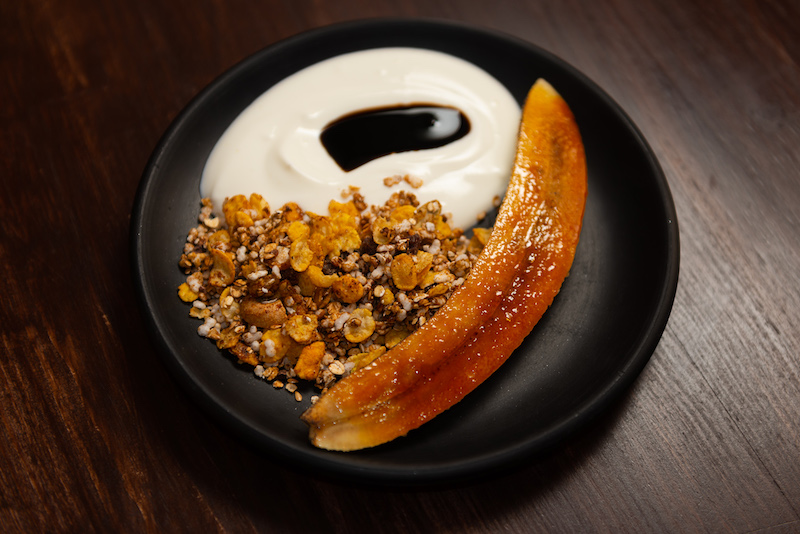We can't find the internet
Attempting to reconnect
Something went wrong!
Hang in there while we get back on track

Lisbon
Lisbon's culinary record
The Portuguese capital seems to have gone overnight from being a sleepy, almost forgotten city of crumbling buildings on the edge of Europe to a crowded tourist destination and a hotspot for property developers. The rapid change couldn’t be more jarring for Lisbon locals: It was as if Lisboetas had woken up from an exceptionally long slumber to find out that while they had been sleeping the rest of the world had suddenly become interested in their country and – as importantly – its food.
Get the Full Story →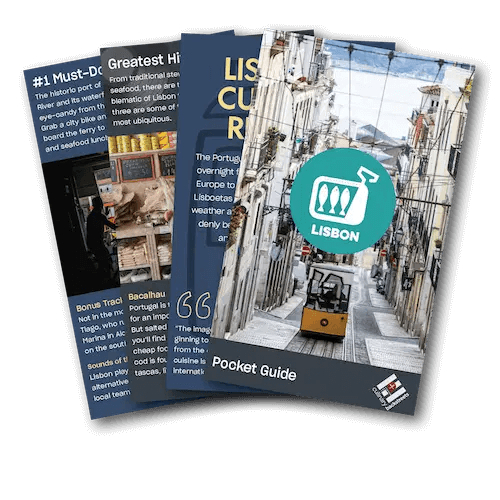
Get Your Free Lisbon Pocket Guide
Introducing our pocket-sized Lisbon guide — perfect for your next culinary adventure. Yours free when you sign up for our newsletter.
Get Your Free Lisbon Pocket Guide
Introducing our pocket-sized Lisbon guide — perfect for your next culinary adventure. Yours free when you sign up for our newsletter.
Visual Dispatches from the Frontlines of Local Eating
Lisbon Videos

Lisbon: An Eater's Guide to the City
Part of our city guidebook series, this new book was created with those who travel to eat in mind. Comprehensive yet still pocketable, think of this little book as your trusted and knowledgeable local companion in Lisbon.
Visit the shopYour Questions, Answered
The best things to do in Lisbon are visiting its historic neighborhoods, medieval castle, public squares and palaces strewn throughout the city. While many tourists pack into the 28 Tram, we suggest following the rails on foot, saving the seat on the tram for locals who need it for their daily commutes. The city’s dining scene has much to offer and we’ve chronicled much of it here. The city is a great base for beach and nature trips in the region as well.
Lisbon is fairly small and walkable, so there are many good areas to stay in. The neighborhoods Principe Real and Chiado are very popular and central. Anjos and Graca are more up-and-coming and hip. For a good look at a really local neighborhood with a great dining scene, check out Alvalade.
The COVID-19 situation in Lisbon is among the best in the world. The vaccination rate is one of the highest and current infection/hospitalization rates among the lowest. For the latest information please check.
Lisbon is the capital city of Portugal located in the far southeastern corner of the European continent in the European Union. Lisbon is situated on the river Tejo or Tagus, which empties into the Atlantic Ocean a couple of kilometers from the city center.
Compared to other European cities of its size, Lisbon is unusually safe. Incidents of violent crime are very rare though petty crime such as pickpocketing is a nuisance.
The best time to visit Lisbon is May-June to attend the festivals and September-October when the weather is best. July and August are the hottest month when much of the city slows down as locals leave on vacation.
The best food in Lisbon is fresh fish and seafood as well as Iberian pork. You can find all of this at simple neighborhood restaurants known as tascas.
American citizens with a negative COVID test result or a valid proof of vaccination may travel to Portugal.
You can fly directly to Lisbon from many locations worldwide. Check TAP for any new routes.
Lisbon has a very diverse dining scene from the traditional to the trendy that is changing all of the time. Please check our top 10 essentials list for our latest tips.
There are Atlantic beaches very close to Lisbon including Carcavelos which is a short train ride from downtown Lisbon and Costa Caparica which is a short drive across the river. Though not technically on the Ocean, Lisbon is very much a “beach town” culturally.
The weather in Lisbon is very good. Lisbon has more days of sunshine per year than any city in Europe. Average temperatures are 53F/11C in the coldest month, January up to 74F/24C in the hottest month, July.
Compared the other European cities, Lisbon is not expensive. A good cup of coffee rarely costs more than 1 EURO, nor does a glass of local beer. Portuguese food and wine is very high quality and inexpensive. The cost of living is quite low, though real estate prices are increasing rapidly.
Lisbon is a great city for families with children. Public safety is among the highest in European cities, the people are warm and welcoming and there is a bakery selling custard tarts on nearly every corner.





